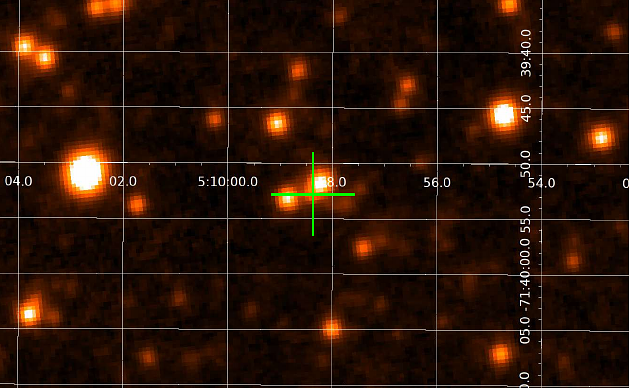Near-infrared spectroscopy of the LMC recurrent nova LMCN 1968-12a

Near-infrared spectroscopy of the LMC recurrent nova LMCN 1968-12a
A. Evans Astrophysics Group, Keele University, UK, D. P. K. Banerjee Physical Research Laboratory, Ahmedabad, India, T. R. Geballe Gemini Observatory/NSF's NOIRLab, Hawai'i, USA, A. Polin Department of Physics and Astronomy, Purdue University, USA, E. Y. Hsiao Department of Physics, Florida State University, USA, K. L. Page School of Physics and Astronomy, University of Leicester, UK, C. E. Woodward Minnesota Institute for Astrophysics, University of Minnesota, USA, S. Starrfield School of Earth and Space Exploration, Arizona State University, USA
AbstractWe have obtained near-infrared ($0.80-2.45\mu$m) spectra of the recurrent nova LMCN 1968-12a on two occasions during its 2024 August eruption. This is the first near-infrared spectroscopy of an extragalactic nova. The initial spectrum, on day 8.48, caught the nova in the coronal phase, with the [SiX] $1.43\mu$m line being extremely strong. This line had a luminosity of $\sim95$L$_\odot$, and is clearly a very powerful coolant. Its presence, together with the absence of [SiIX] 1.56$\mu$m, implies a coronal temperature $\gtrsim3\times10^6$K, possibly amongst the highest recorded coronal temperature in a nova eruption. With the exception of the [SiX] line, the near-infrared spectra are remarkable for being devoid of metal lines. We suggest that this is due, in part, to the exceptionally high temperature of the coronal gas, causing ions, whose emission lines would normally appear in the near-infrared spectrum, to be collisionally ionised to higher stages.